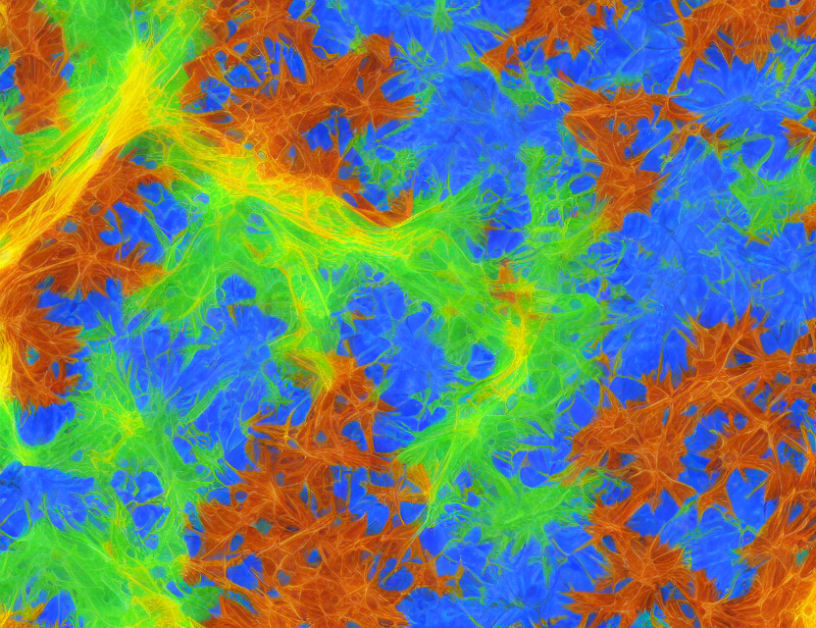In this article, we explore the use of symplectic methods for analyzing nonlinear dynamics in mechanics and other fields. Symplectic methods are powerful tools for understanding complex systems, as they can capture the underlying structure of the system and provide insightful predictions. However, these methods can be challenging to implement, especially when dealing with high-dimensional systems or large amounts of data.
To address this challenge, we propose a new approach based on sum-of-squares residuals. This method allows us to compute the Birkhoff average of a label function, which is a sensitive indicator of nonlinear dynamics, without requiring a large number of evaluations of the system’s solution. By using this approach, we can analyze complex systems in a more efficient and accurate manner.
As an example of our approach, we consider the standard map, a well-known model for chaotic dynamics. We show how to compute the Birkhoff average of a label function for this map using sum-of-squares residuals, and how to analyze the resulting map in terms of its sensitivity to structural perturbations.
Our results demonstrate the effectiveness of our approach for analyzing nonlinear dynamics. By using sum-of-squares residuals, we can compute the Birkhoff average of a label function in a more efficient and accurate manner, without requiring a large number of evaluations of the system’s solution. This makes it possible to analyze complex systems in a more practical and timely manner, opening up new possibilities for understanding and predicting nonlinear dynamics.
In summary, our article presents a new approach based on sum-of-squares residuals for analyzing nonlinear dynamics using symplectic methods. This approach allows us to compute the Birkhoff average of a label function in a more efficient and accurate manner, without requiring a large number of evaluations of the system’s solution. By using this approach, we can analyze complex systems in a more practical and timely manner, opening up new possibilities for understanding and predicting nonlinear dynamics.
Dynamical Systems, Mathematics
Natural Way to Analyze Chaotic Dynamics: Adaptive Sampling and Label Functions



